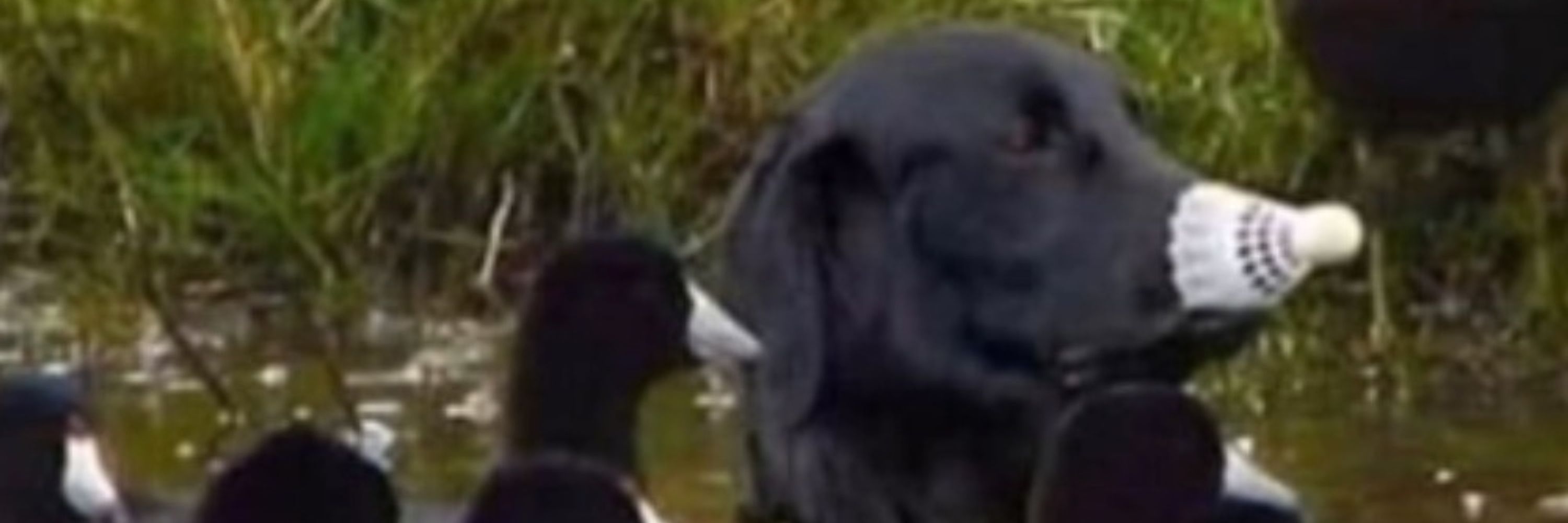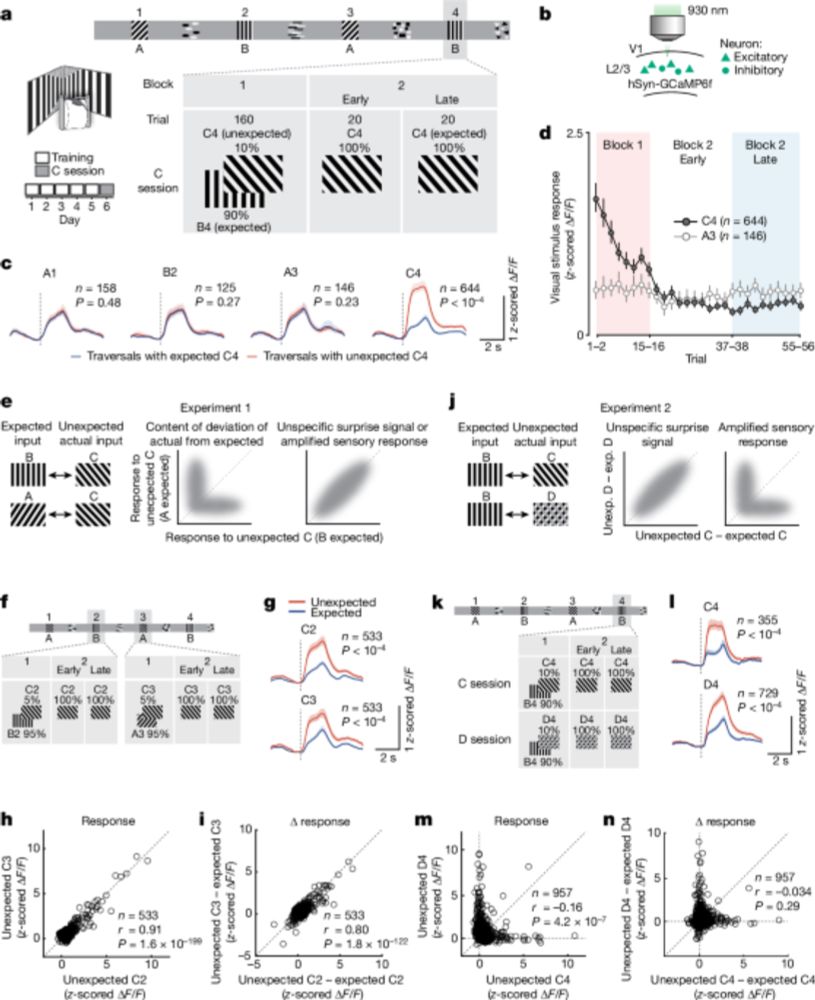
Christopher Whyte
@christopherjwhyte.bsky.social
Theoretical neuroscientist. PhD student in the Shine lab at Sydney Uni. Research associate at Monash M3CS. Interested in spikes, (nonlinear) neural dynamics, decisions, and consciousness.
www.ChristopherJWhyte.com
www.ChristopherJWhyte.com
This was a whole lot of fun. The paper is unapologetically nerdy (even by vision science standards), and it was also a dream come true to work with Hugh Wilson extending his model to a new domain.
The first paper in the series ⬇️
www.biorxiv.org/content/10.1...
The first paper in the series ⬇️
www.biorxiv.org/content/10.1...

A Minimal Physiological Model of Perceptual Suppression and Breakthrough in Visual Rivalry
Visual rivalry paradigms provide a powerful tool for probing the mechanisms of visual awareness and perceptual suppression. While the dynamics and determinants of perceptual switches in visual rivalry...
www.biorxiv.org
October 21, 2025 at 6:10 AM
This was a whole lot of fun. The paper is unapologetically nerdy (even by vision science standards), and it was also a dream come true to work with Hugh Wilson extending his model to a new domain.
The first paper in the series ⬇️
www.biorxiv.org/content/10.1...
The first paper in the series ⬇️
www.biorxiv.org/content/10.1...
TLDR?
We derive a closed-form expression for the hysteretic difference between contrast thresholds for awareness and suppression, and test a prediction of the expression in human psychophysical data.
2/3
We derive a closed-form expression for the hysteretic difference between contrast thresholds for awareness and suppression, and test a prediction of the expression in human psychophysical data.
2/3
October 21, 2025 at 6:10 AM
TLDR?
We derive a closed-form expression for the hysteretic difference between contrast thresholds for awareness and suppression, and test a prediction of the expression in human psychophysical data.
2/3
We derive a closed-form expression for the hysteretic difference between contrast thresholds for awareness and suppression, and test a prediction of the expression in human psychophysical data.
2/3
Reposted by Christopher Whyte
Pairs well with www.nature.com/articles/s41...
“Our results indicate that individual V1 neurons do not signal how the actual visual input deviates from the animal’s predictions, as postulated within the predictive coding framework”
Thrilling to see a major theory get tested!
“Our results indicate that individual V1 neurons do not signal how the actual visual input deviates from the animal’s predictions, as postulated within the predictive coding framework”
Thrilling to see a major theory get tested!

Cooperative thalamocortical circuit mechanism for sensory prediction errors - Nature
Experiments in mice show that a cortico-thalamic circuit generates prediction-error signals in primary visual cortex that amplify visual input that deviates from animals’ expectations.
www.nature.com
July 11, 2025 at 7:50 PM
Pairs well with www.nature.com/articles/s41...
“Our results indicate that individual V1 neurons do not signal how the actual visual input deviates from the animal’s predictions, as postulated within the predictive coding framework”
Thrilling to see a major theory get tested!
“Our results indicate that individual V1 neurons do not signal how the actual visual input deviates from the animal’s predictions, as postulated within the predictive coding framework”
Thrilling to see a major theory get tested!
As an Australian I can’t help but feel a little glib at the prospect of everyone else also having to travel for more than 12 hours 😂Hope to see you there, it will be worth it!
July 11, 2025 at 11:49 AM
As an Australian I can’t help but feel a little glib at the prospect of everyone else also having to travel for more than 12 hours 😂Hope to see you there, it will be worth it!

